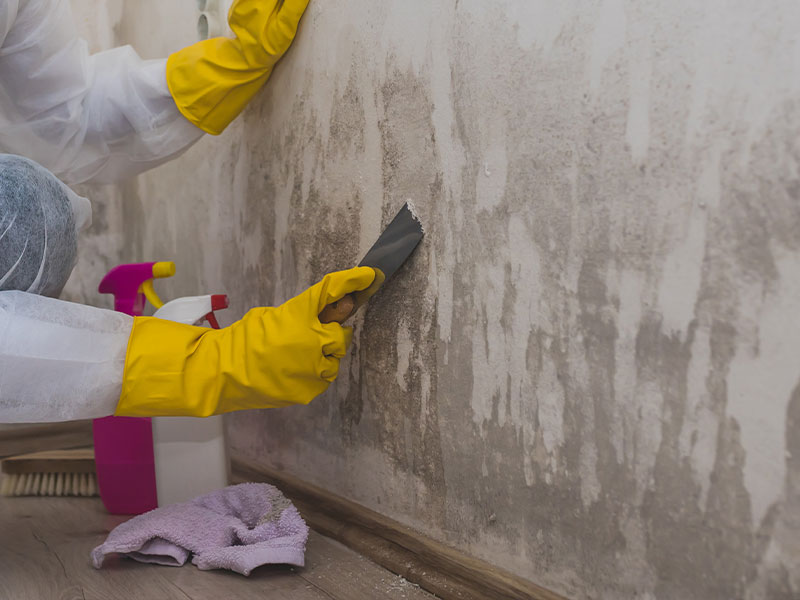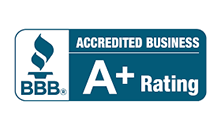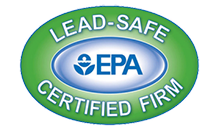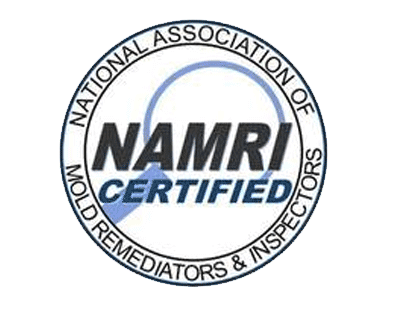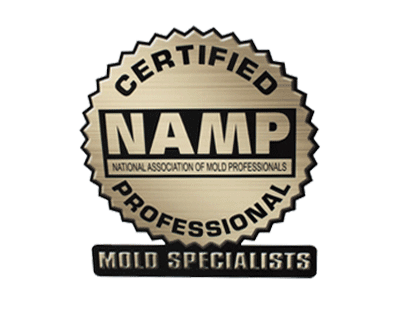If your house has experienced water damage, it’s important to take immediate action to clean and restore your living space. Water damage can lead to mold growth, structural issues, and health hazards if not addressed promptly and effectively. By following the right steps and taking preventive measures, you can minimize the damage and ensure a safe and clean environment for you and your family.
Key Takeaways:
- Unplug electronics before starting the cleaning process for safety.
- Use a wet/dry vacuum to remove water from floors and walls.
- Steam clean carpets to remove moisture and thoroughly clean them.
- Disinfect walls and floors with a disinfectant cleaner to prevent mold growth.
- Apply products that inhibit mold growth, especially in wood.
Steps for Cleaning Up Water Damage
Cleaning up water damage can be a daunting task, but by following these steps, you can effectively restore your home. Start by unplugging all electronics to ensure your safety. Then, grab a wet/dry vacuum and remove as much water as possible from your floors and walls. This will help prevent further damage and reduce the risk of mold growth.
Next, focus on your carpets. Steam clean them to remove any remaining moisture and thoroughly clean them. This will help eliminate any odors and prevent mold growth. After cleaning your carpets, it’s time to disinfect your walls and floors. Use a disinfectant cleaner to remove bacteria and other contaminants that may have been brought in by the water.
To prevent future mold issues, especially in wood materials, apply a product that inhibits mold growth. This will provide long-term protection and peace of mind. Additionally, use fans and a dehumidifier to speed up the drying process and further prevent mold growth. Properly ventilating the affected areas is crucial.
| Steps for Cleaning Up Water Damage |
|---|
| Unplug all electronics |
| Use a wet/dry vacuum to remove water |
| Steam clean carpets |
| Disinfect walls and floors |
| Apply a product that inhibits mold growth |
| Use fans and a dehumidifier for drying |
Remember to remove any soaked items from your house and dry them separately. If items are beyond repair, it may be necessary to dispose of them properly. Don’t forget to brush off any visible mold and mildew from furniture and use desiccants to absorb excess moisture. Clean appliances with an all-purpose cleaner, except for electronics, which should be handled by professionals.
Furthermore, it’s important to document the water damage for insurance purposes. Take photographs to support your claims and contact your insurance company as soon as possible. For valuable items like books, photographs, and paintings, consult professionals for proper cleaning and restoration. The same goes for water-damaged upholstered furniture; it’s best to hire professional furniture cleaners.
When to Seek Professional Help
In some cases, it’s necessary to call in professionals for water damage cleanup and restoration. If you encounter severe structural damage to your home, it’s crucial to have it assessed and repaired by experts. Additionally, when dealing with mold growth, wear protective gear such as an N95 respirator, goggles, and gloves. If you’re unsure about the extent of the damage or if you suspect toxic substances are involved, it’s best to leave the cleanup to certified professionals.
Tips for Preventing Mold and Mildew
After cleaning up water damage, it’s crucial to take preventative measures to avoid mold and mildew issues. Mold and mildew can grow in damp areas and cause further damage to your home and health. By following these tips, you can help protect your house from future mold and mildew growth.
- Keep your home well-ventilated by opening windows and using fans or a dehumidifier. Proper airflow helps to reduce moisture levels and prevent mold growth.
- Fix any leaks or water damage promptly. Moisture from leaks can seep into walls and flooring, creating an ideal environment for mold and mildew to thrive.
- Monitor humidity levels in your home. Ideally, indoor humidity should be kept between 30% and 50%. Use a hygrometer to measure humidity and consider using a humidifier or dehumidifier to maintain optimal levels.
- Regularly inspect and clean your gutters and downspouts. Keeping them free from debris will ensure proper water drainage and prevent water from seeping into your home’s foundation.
- Ensure proper ventilation in areas prone to moisture, such as bathrooms, kitchens, and basements. Use vents or exhaust fans to remove excess moisture from these spaces.
- Use mold-resistant products when renovating or remodeling your home. Opt for mold-resistant drywall and paint to create a barrier against mold and mildew growth.
- Remove wet or damp items from your home immediately. This includes wet clothes, towels, and rugs. Dry them thoroughly or discard them if they cannot be salvaged.
- Regularly inspect and clean your air conditioning and heating systems. Ensure they are free from mold and mildew buildup by changing filters and scheduling professional maintenance checks.
- Consider using a dehumidifier in problem areas with high humidity, such as basements or crawl spaces. This will help control moisture levels and prevent mold growth.
Summary:
To prevent mold and mildew after cleaning up water damage, remember to keep your home well-ventilated, fix any leaks promptly, monitor humidity levels, clean gutters, ensure proper ventilation, use mold-resistant products, remove wet items, maintain HVAC systems, and consider using a dehumidifier. Taking these preventative measures will help keep your home mold and mildew-free, ensuring a healthier and safer living environment.
| No. | Tips |
|---|---|
| 1 | Keep your home well-ventilated |
| 2 | Fix leaks and water damage promptly |
| 3 | Monitor humidity levels |
| 4 | Clean and maintain gutters and downspouts |
| 5 | Ensure proper ventilation in moisture-prone areas |
| 6 | Use mold-resistant products |
| 7 | Remove wet or damp items |
| 8 | Inspect and clean HVAC systems |
| 9 | Consider using a dehumidifier |
When to Seek Professional Help
While many cases of water damage can be handled on your own, there are instances where professional help is essential to ensure proper restoration and prevent further damage. If you are dealing with extensive water damage that has affected multiple rooms or floors, it is recommended to call a water damage restoration company. These professionals have the expertise and equipment to assess the extent of the damage, extract water efficiently, and dry out the affected areas.
Additionally, if you notice signs of mold or mildew growth after water damage, it is crucial to seek professional assistance. Mold can spread rapidly and pose health risks if not properly treated. A water damage restoration company can not only remove the existing mold but also address the underlying moisture issue to prevent future mold problems.
Furthermore, if your home has suffered structural damage due to water, it is essential to consult professionals. Structural damage can compromise the integrity of your house and require immediate attention. Experienced professionals can assess the damage and provide the necessary repairs and renovations to restore your home’s stability and safety.
Remember, when it comes to water damage restoration, time is of the essence. The longer water sits in your home, the greater the risk of mold growth, structural damage, and other complications. So, if you are uncertain about the severity of the damage or lack the equipment and expertise to handle the restoration process, it is best to rely on a reputable water damage restoration company for prompt and effective assistance.









